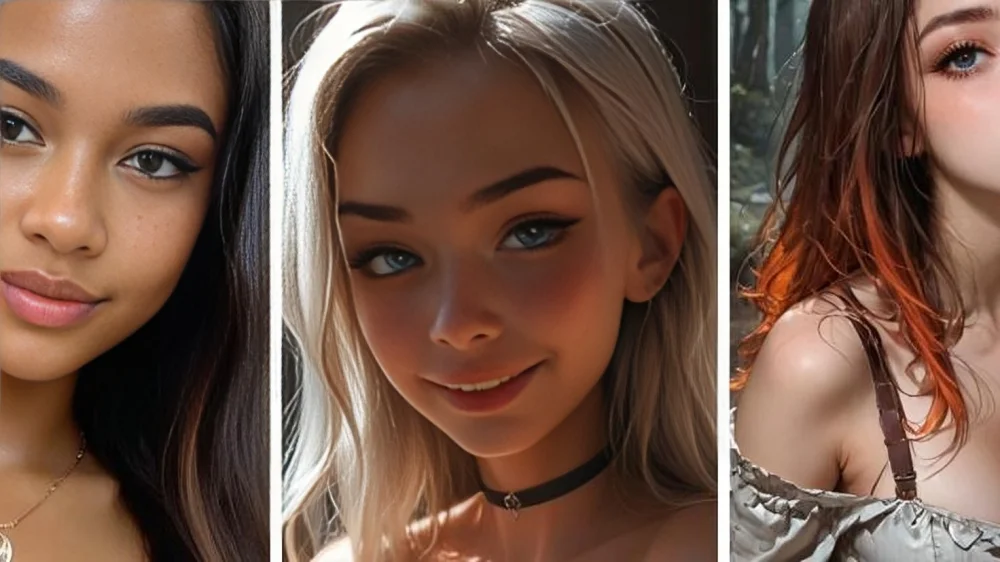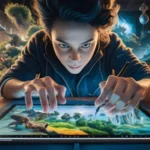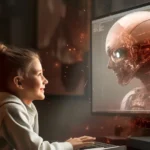An uncensored image generator is an AI tool that creates visuals without the restrictions found on mainstream platforms. Unlike censored tools that block sensitive or NSFW content, these generators allow complete creative freedom. Users rely on them for everything from artistic projects and fantasy designs to adult content, memes, and satire.
The appeal lies in freedom and control. Artists can experiment with themes that traditional platforms reject, while content creators can explore bold or controversial ideas. However, this freedom comes with challenges. Uncensored AI can be misused for deepfakes, misinformation, or unethical imagery.
In this guide, we’ll explore how uncensored image generators work, their benefits, risks, legal issues, and the future of unfiltered AI art. Whether you’re an artist, content creator, or just curious, this article will give you the insights you need to use these tools wisely.
What is an Uncensored image Generator?
An uncensored image generator is essentially an AI tool that allows users to generate digital images without restrictions on what type of content can be created. Unlike censored platforms such as DALL·E or Canva AI, these uncensored versions don’t block outputs like nudity, violence, or politically sensitive topics. They are powered by advanced machine learning models, often based on open-source frameworks such as Stable Diffusion, MidJourney alternatives, or custom-built AI models.
What makes them stand out is the level of control they give the user. For example, if you want to create a hyper-realistic fantasy character, a dark-humored meme, or even an adult-themed illustration, an uncensored AI generator won’t stop you. Instead of restricting results, it places full creative responsibility in your hands.
While this freedom is appealing, it also comes with consequences. Without filters, people can misuse these tools for harmful purposes, such as deepfake content, disinformation campaigns, or unethical adult material. That’s why many tech companies impose restrictions in the first place.
Still, these tools continue to attract attention because they empower artists, writers, and digital creators to experiment beyond the boundaries of “safe” AI art. In many ways, they represent the raw potential of what artificial intelligence can do when it’s left unfiltered.
Why People Use Uncensored image Generator?
So why are people flocking to uncensored image generators when plenty of “safe” options exist? The answer lies in freedom, creativity, and control.
First, these tools unlock artistic freedom. Censored AI platforms might reject prompts like “dark fantasy art with mature themes” or “historical artwork featuring nudity,” even if those requests are meant for legitimate art projects. Uncensored generators don’t block these prompts, allowing artists to fully realize their vision.
Second, there’s the appeal of curiosity. Many users simply want to test the limits of AI. What happens when you ask it to generate something wild, edgy, or even controversial? This curiosity often drives experimentation, and uncensored AI provides a safe space for pushing boundaries.
Third, uncensored generators have practical uses for content creators. For example:
- Writers can visualize fantasy worlds with no limitations.
- Meme creators can make bold, shocking, or humorous visuals.
- Adult entertainment creators can design NSFW artwork for niche audiences.
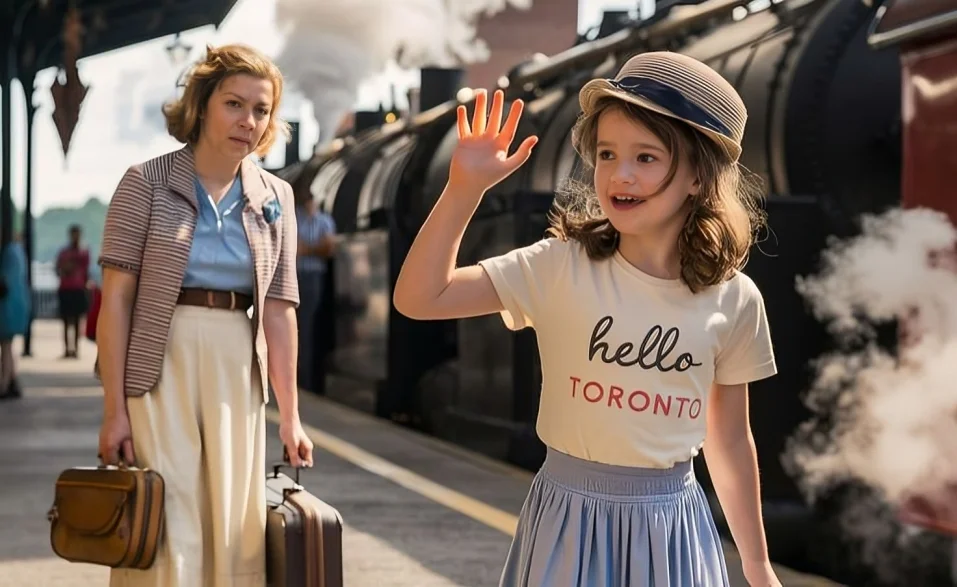
Finally, some users view uncensored AI tools as a way to push back against corporate censorship. They argue that creativity shouldn’t be filtered by algorithms or company rules. For these people, using an uncensored image generator is as much about digital freedom as it is about art.
Of course, these benefits come with a dark side. Misuse can lead to harmful consequences, which we’ll cover later. For now, it’s clear why uncensored AI tools continue to grow in popularity despite ethical debates.
How Uncensored Image Generator Work?
Behind every AI image generator, censored or uncensored, is a deep learning model trained on massive datasets of images and text. These systems use a technique called diffusion models, which start with random noise and refine it step by step until a coherent image emerges.
When you type a prompt like “a futuristic city under neon lights,” the AI translates your text into visual patterns. The uncensored part comes into play when the tool doesn’t block or filter certain keywords. For instance, words related to nudity, gore, or politically charged topics might be banned in mainstream platforms. In uncensored tools, those words remain valid, and the model tries to generate exactly what you asked for.
Many of these tools are built on open-source models such as Stable Diffusion. Developers modify them by removing safety filters or creating custom checkpoints trained on specific types of imagery. Some platforms even allow fine-tuning, meaning users can upload their own dataset to teach the AI new artistic styles or subject matter.
What’s fascinating is how powerful these tools have become. With the right prompt engineering, uncensored AI can produce ultra-realistic portraits, cinematic-style scenes, or completely abstract digital art. In other words, they’re not just about NSFW content; they’re a new frontier for unrestricted creativity.
The trade-off, of course, is the risk of misuse. Because the AI doesn’t say “no,” the responsibility shifts entirely to the user.
Censored and Uncensored Image Generator
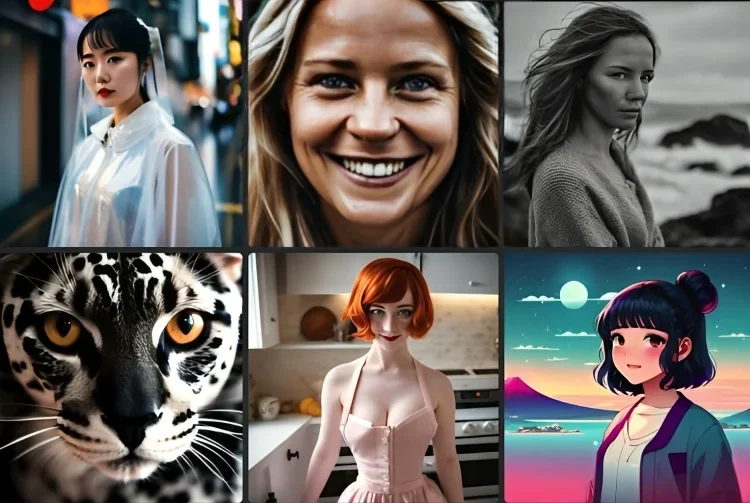
The biggest difference between censored and uncensored image generators lies in filters and moderation.
Censored platforms like DALL·E, Canva AI, and Adobe Firefly have strict guardrails. They scan every input and output to block disallowed content. If you try to generate something sensitive, you’ll either get a warning or a flat-out refusal. This ensures that the AI isn’t used for offensive or harmful material.
Uncensored tools, on the other hand, remove those restrictions. They don’t flag “inappropriate” keywords, and they don’t stop you from creating mature, controversial, or shocking images. In short, they hand over all the power to the user.
Here’s a quick comparison:
| Feature | Censored AI Tools | Uncensored AI Tools |
| Keyword Restrictions | Strict filtering | No restrictions |
| Safety Controls | High (blocks NSFW/violence) | Minimal or none |
| Target Audience | General users, businesses | Artists, adult creators, experimenters |
| Risk Level | Low | High |
While censored platforms are designed to be family-friendly and safe, uncensored ones are for people who want maximum freedom. The trade-off is clear: one prioritizes safety, the other prioritizes creativity without limits.
Popular Use Cases of Uncensored Image Generator
Uncensored image generators serve many different purposes, and their popularity isn’t limited to adult or controversial content. In fact, one of the most interesting things about these tools is how diverse their applications can be. From professional projects to personal hobbies, they’re being used in ways that might surprise you.
Artistic Expression and Creative Freedom
For many artists, creativity thrives when there are no restrictions. Traditional AI platforms can feel limiting when they censor certain prompts. Imagine you’re creating a fantasy artwork featuring mythological characters or a surreal dreamscape with strange, otherworldly elements. On a censored platform, parts of your vision might get blocked simply because they trigger content filters.
Uncensored image generators break down those walls. They let artists experiment with bold, edgy, or unconventional ideas that wouldn’t normally pass. Whether it’s creating gothic-inspired digital art, alternative fashion concepts, or dark fantasy illustrations, uncensored tools open doors for creativity that would otherwise remain closed.
Some artists even use these tools as a starting point, generating a base image and then editing it manually with Photoshop or Procreate. In that sense, uncensored AI isn’t replacing artists; it’s becoming another tool in their creative toolbox.
Adult Content and NSFW Creations
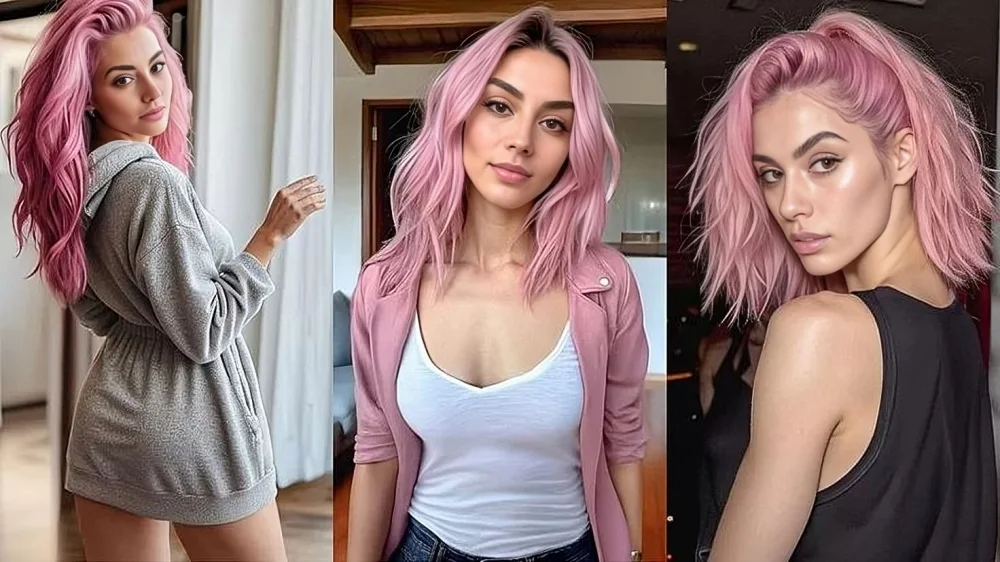
One of the most well-known uses of uncensored AI generators is in the adult entertainment industry. Because censored platforms block any form of nudity or sexually explicit content, creators turn to uncensored tools to design NSFW images and illustrations.
These outputs range from stylized, anime-inspired adult art to ultra-realistic models. For independent creators, this can be a valuable way to build content for private communities, subscription platforms, or niche markets that are otherwise underserved.
Of course, this use case sparks heavy debate. While it provides opportunities for some, it also raises questions about consent, ethical boundaries, and potential exploitation, especially when it comes to deepfake content.
Meme Culture and Social Media Trends
Another huge space where uncensored AI shines is meme creation. Social media thrives on humor, shock value, and unexpected twists. Meme creators often want to push boundaries with bold, sometimes controversial imagery.
On censored platforms, these ideas would be shut down immediately. But with uncensored tools, meme makers can bring their wilder concepts to life, sparking laughs, debates, and viral moments across Twitter, Reddit, and Instagram.
This type of use shows how uncensored AI can influence pop culture by fueling creativity that thrives outside the “safe” boundaries of mainstream platforms.
Pros and Cons of Using Uncensored image Generator
Like any powerful tool, uncensored image generators come with both benefits and drawbacks. Understanding these can help you decide whether they’re right for you.
Advantages of Freedom in Image Generation
- Unlimited Creativity – Artists and creators aren’t held back by keyword restrictions.
- Custom Content – Users can generate exactly what they envision, whether it’s fantasy, satire, or adult-themed art.
- Experimentation – These tools encourage people to test the boundaries of AI technology.
- Niche Opportunities – Content that mainstream platforms won’t allow can thrive in private communities.
In short, the biggest advantage is control. Instead of letting algorithms decide what’s appropriate, you get full responsibility over the art you create.
Ethical Concerns and Misuse Risks
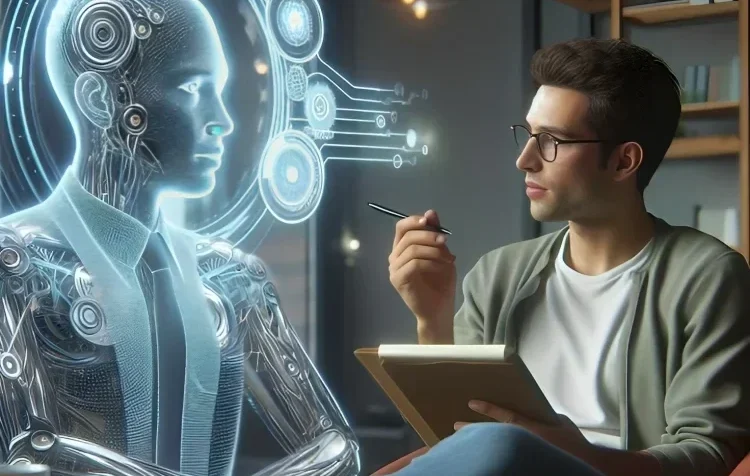
While freedom is empowering, it also opens the door to misuse. Some of the major risks include:
- Deepfake Content – Using real people’s likeness without consent.
- Offensive Imagery – Content that promotes hate, violence, or harmful stereotypes.
- Exploitation – NSFW content that may cross ethical boundaries.
- Misinformation – Fake images used to spread false narratives online.
These risks are why mainstream companies apply filters. Without guardrails, uncensored AI can become a double-edged sword.
Balancing Creativity with Responsibility
The challenge lies in finding the right balance. Artists should have creative freedom, but they must also consider the impact of what they create. Just because the AI lets you generate something doesn’t mean it should be shared publicly.
Responsible use means setting your own ethical boundaries, knowing what art is, what satire is, and what could cause harm. Communities that use uncensored AI often set their own guidelines, encouraging safe and respectful use while still allowing bold creativity.
Legal and Ethical about uncensored image generator
Using an uncensored image generator isn’t just about creativity; it also comes with legal and moral responsibilities. Ignoring these can lead to serious consequences.
Copyright and Intellectual Property Issues
Most AI models are trained on massive datasets of online images. That means some generated content may closely resemble copyrighted works. If you’re selling or distributing AI art, you need to be careful not to violate copyright laws.
For example, creating an uncensored Disney-inspired character might seem fun, but distributing it could lead to legal trouble. Similarly, making art that closely mimics a famous photographer’s style could raise intellectual property concerns.
Creators should consider modifying and customizing outputs before commercial use to reduce the risk of copyright infringement.
Moral Dilemmas Around NSFW Content
NSFW content is one of the biggest ethical concerns. While adults have the right to create or consume adult art, problems arise when:
- Deepfakes are made of real people without consent.
- Explicit content is shared publicly where minors might see it.
- Exploitative or harmful imagery is produced.
These issues highlight the need for self-regulation. Just because you can generate something doesn’t mean it should exist outside your private collection.
Global Regulations and AI Restrictions
Different countries have different stances on AI-generated content. For example, some regions are considering laws against deepfake pornography, while others are implementing broader AI regulations to control misinformation.
Users should stay informed about local laws before using uncensored tools. What’s acceptable in one country might be illegal in another, and ignorance won’t protect you if legal issues arise.
In short, the legal and ethical side of uncensored AI is a gray area, but one that creators must take seriously if they want to use these tools responsibly.
Best Platforms for Uncensored Image Generator
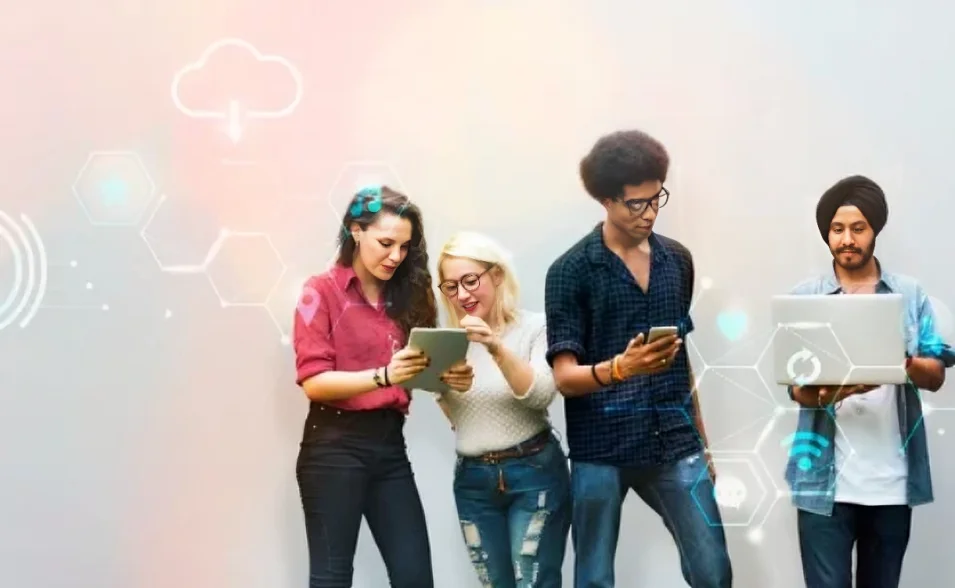
Finding the right platform is one of the first challenges for anyone exploring uncensored image generation. While major AI companies like OpenAI, Adobe, or Canva enforce strong filters, several alternative platforms and open-source communities provide tools with fewer restrictions. These vary from downloadable AI models you can run locally to paid platforms that allow more creative freedom.
Open-Source AI Image Models
Open-source tools are at the heart of the uncensored AI movement. Projects like Stable Diffusion give users complete control by letting them download and customize the AI model directly. Once installed, you can remove safety filters, add new model checkpoints, and even train the AI on your own custom dataset.
The advantage of open-source models is flexibility. You’re not relying on a company’s rules, you control the setup. Artists who want total freedom often choose this route because it allows them to tweak everything from style to subject matter.
However, the downside is that open-source AI requires some technical knowledge. You’ll need to understand installations, GPU requirements, and sometimes even Python coding. For casual users, this can feel overwhelming.
Paid Platforms with Fewer Restrictions
Some AI platforms operate on a subscription model and offer fewer restrictions compared to mainstream providers. These platforms often market themselves as pro-creator tools where artists can experiment without corporate censorship.
The benefit here is ease of use. Unlike open-source models, these platforms usually have user-friendly interfaces, drag-and-drop options, and prompt guides. You don’t need to be a tech wizard to get started.
The trade-off is less control compared to self-hosted models, and depending on the provider, there may still be certain restrictions in place.
Community-Driven AI Tools
Another interesting option is community-driven platforms. These spaces often operate on forums or Discord servers where enthusiasts share custom AI models, settings, and prompts. Some communities even build entire repositories of uncensored model checkpoints for others to use.
The strength of these communities lies in collaboration. Artists exchange tips, prompt tricks, and resources to push AI creativity further. If you’re looking to experiment and learn from others, joining a community-driven AI hub is a great way to start.
How to Choose the Right Uncensored Image Generator
Not all uncensored AI tools are created equal. Some are designed for professionals, others for hobbyists, and each comes with its own pros and cons. Knowing what to look for can help you pick the tool that fits your needs.
Features to Look For in an AI Tool
When selecting an uncensored generator, consider:
- Customization Options – Can you modify outputs and train the model?
- Prompt Flexibility – Does it accept complex prompts without restrictions?
- Style Variety – Can it generate photorealistic, anime, or abstract art?
- Resolution Support – Does it allow high-quality images for printing or commercial use?
The more versatile the tool, the more useful it will be for different projects.
Security and Privacy Factors
Since uncensored generators may involve sensitive content, privacy should be a top priority. Look for tools that:
- Don’t store or share your prompts without permission.
- Offer offline/local options for full control.
- Provide transparency about how your data is handled.
Using a cloud-based service without proper privacy safeguards can put your content and even your identity at risk.
User-Friendly Interfaces
If you’re new to AI, ease of use will be a deciding factor. Some tools have steep learning curves, while others provide intuitive dashboards and visual editors. If you want fast results without technical setup, choose a tool with a simple interface and strong customer support.
On the other hand, if you’re tech-savvy and want maximum customization, an open-source tool may be better suited for you.
Risks of Using Uncensored Image Generator

While uncensored image generators unlock creative freedom, they also carry serious risks. Ignoring these can lead to privacy violations, reputational damage, or even legal trouble.
Data Privacy and Security Threats
Some online platforms store user prompts and outputs, which means your private creations might not stay private. This is especially concerning when dealing with sensitive or adult-themed content. Hackers, leaks, or unethical platform practices could expose user data.
Running AI locally (on your own computer) minimizes these risks, but not everyone has the hardware or skills to set it up.
Fake Media and Misinformation
One of the biggest dangers of uncensored AI is its potential to spread misinformation. With the ability to generate hyper-realistic images, people can create convincing fake photos of politicians, celebrities, or events.
These images can fuel propaganda, discredit individuals, or mislead the public. As AI becomes more advanced, spotting fake images will get harder, making this a growing global concern.
Potential Social and Personal Consequences
On a personal level, uncensored AI can cause problems if misused. For instance:
- Sharing offensive images could damage reputations.
- Creating harmful deepfakes could result in lawsuits.
- Over-reliance on AI art could reduce opportunities for real artists.
These risks highlight why responsible use is crucial. Creativity without accountability can quickly spiral into harm.
Safe and Responsible Use of uncensored image generator
If you decide to explore uncensored image generators, the key is using them responsibly. Here’s how you can balance freedom with safety.
Guidelines for Ethical Image Creation
- Avoid using real people’s likenesses without consent.
- Don’t create harmful, abusive, or exploitative imagery.
- Respect cultural and social sensitivities.
- Keep explicit content private instead of sharing publicly.
By following these principles, you can enjoy uncensored creativity without crossing ethical lines.
Setting Boundaries for AI Art
Think of boundaries as your personal “moral filter.” Even if the AI doesn’t stop you, you can stop yourself. Before generating an image, ask:
- Does this serve a positive or creative purpose?
- Could this image harm someone if shared?
- Am I respecting others’ rights and dignity?
Answering these questions honestly can help you create responsibly.
Educating Users About Responsible Use
The responsibility doesn’t just lie with individual users; communities and platforms also play a role. By promoting educational resources, hosting discussions, and setting community standards, uncensored AI spaces can encourage safe and respectful creativity.
Education is key. The more users understand about risks and ethics, the better they’ll be at balancing freedom with accountability.
Future of Uncensored Image Generator
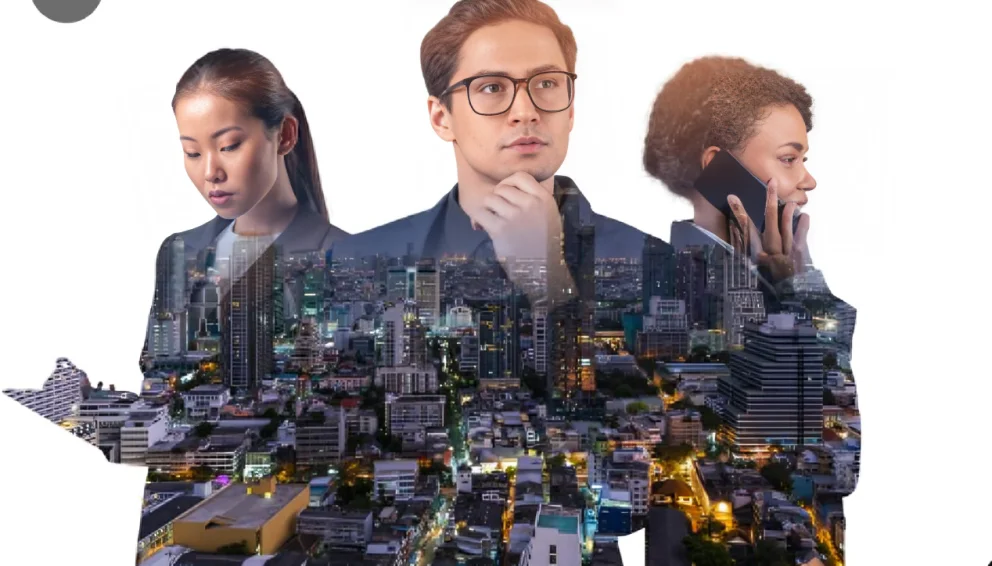
The future of uncensored AI is both exciting and uncertain. With technology evolving rapidly, we’re likely to see new breakthroughs that make these tools more powerful than ever.
AI Advancements and More Realistic Images
AI models are improving at lightning speed. Future versions will generate images that are nearly indistinguishable from real photographs. This will expand creative possibilities but also intensify concerns about misinformation and deepfakes.
We can also expect better 3D generation, video synthesis, and interactive AI art tools that go beyond still images.
Predictions on Market Growth
The demand for AI art, censored or uncensored, is skyrocketing. Artists, businesses, and content creators are all embracing AI tools. Uncensored models will likely grow in niche markets, especially in adult entertainment, fantasy art, and underground creative communities.
As these markets expand, so will the debate around whether such freedom is healthy for society.
The Ongoing Debate Between Freedom and Control
Ultimately, the future of uncensored AI boils down to one central debate: Should creativity be limited by filters, or should users decide their own boundaries?
Some argue that censorship kills innovation. Others believe unrestricted AI is too dangerous to leave unchecked. The reality may land somewhere in the middle, with hybrid platforms that allow creative freedom but still enforce ethical safeguards.
Either way, uncensored image generators are here to stay, and they will continue shaping the future of art, technology, and digital expression.
Conclusion
An uncensored image generator showcases the raw, unfiltered power of AI creativity. It gives users the freedom to design art, memes, or even adult content without barriers, but with that freedom comes responsibility.
To use these tools wisely, creators must respect ethical boundaries, protect privacy, and stay aware of legal implications. For artists, an uncensored image generator is a blank canvas filled with endless possibilities. For society, it also brings challenges around misinformation, deepfakes, and exploitation.
The bottom line: an uncensored image generator can be a tool for innovation or harm. When approached responsibly, it unlocks limitless opportunities for expression and creativity.
FAQs About Uncensored Image Generator.
Are uncensored AI generators legal to use?
Yes, using them is legal in most regions, but generating copyrighted, exploitative, or harmful content can lead to legal issues.
Can I use uncensored AI art commercially?
It depends. If your output closely resembles copyrighted material, you may face restrictions. Original or modified outputs can usually be sold or licensed.
How do I stay safe while using uncensored AI?
Use tools that respect privacy, avoid creating harmful content, and keep sensitive creations private. Running AI locally is often the safest option.
Will uncensored AI replace human artists?
Not entirely. While it can generate quick ideas, true artistry involves human creativity, intent, and emotional expression, things AI can’t fully replicate.

